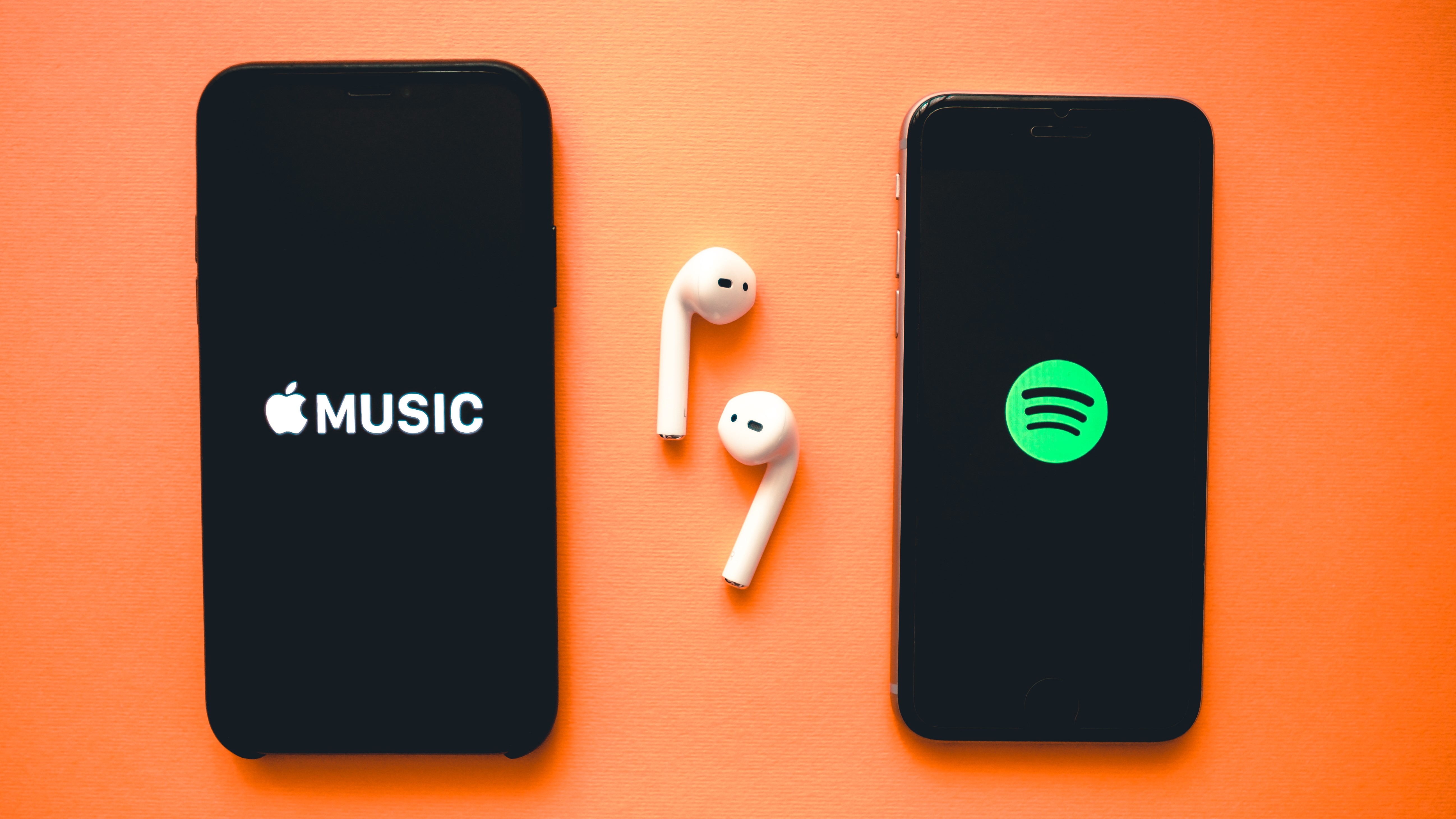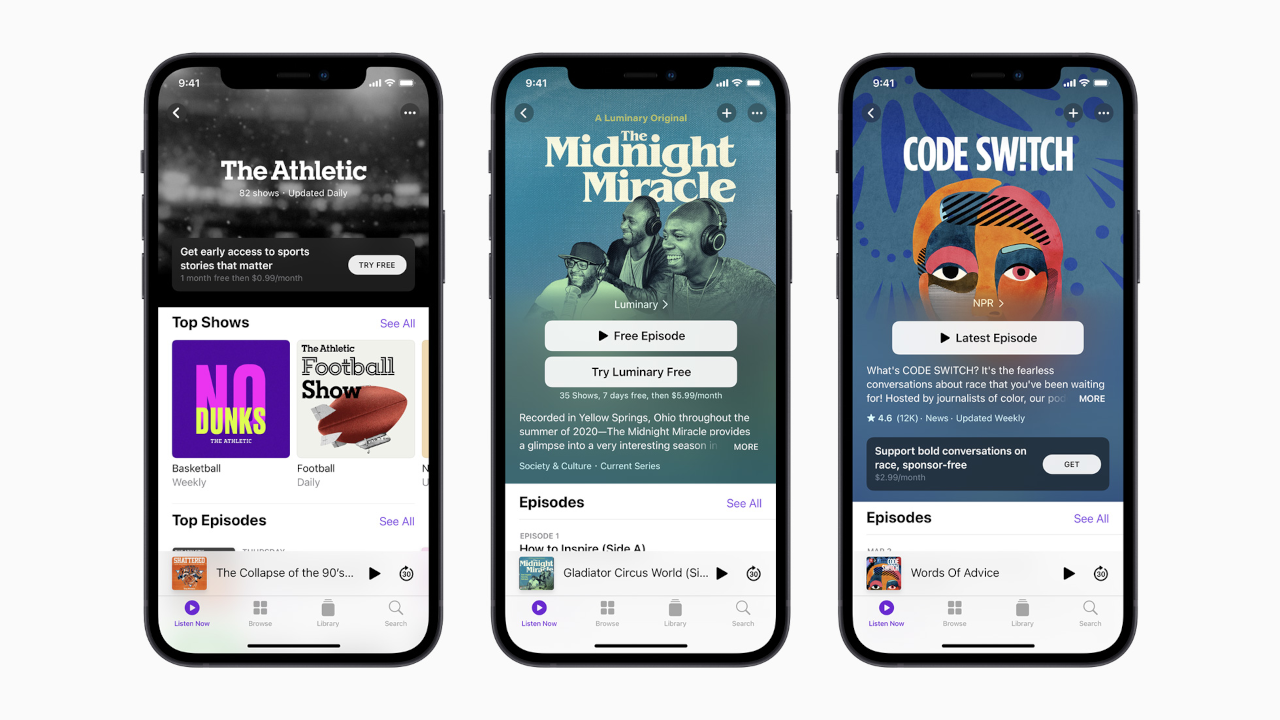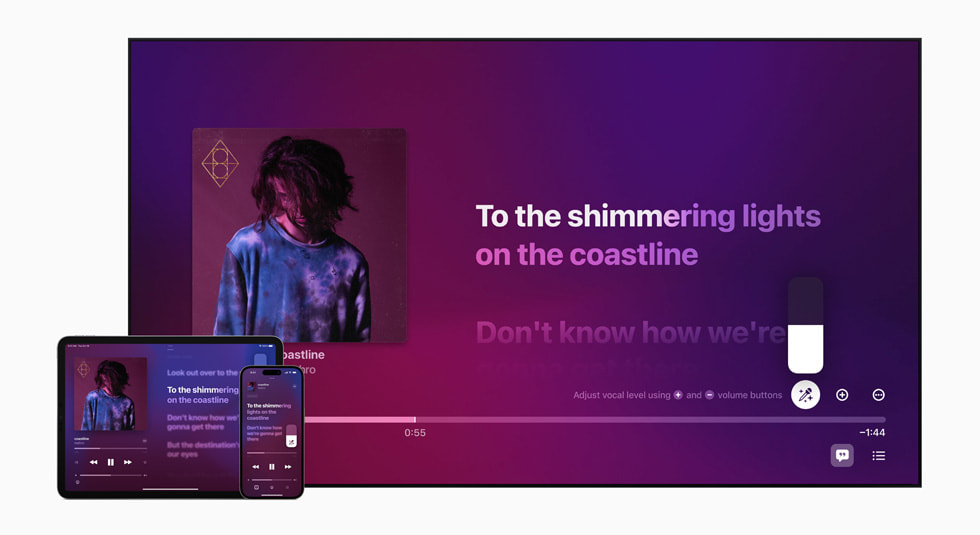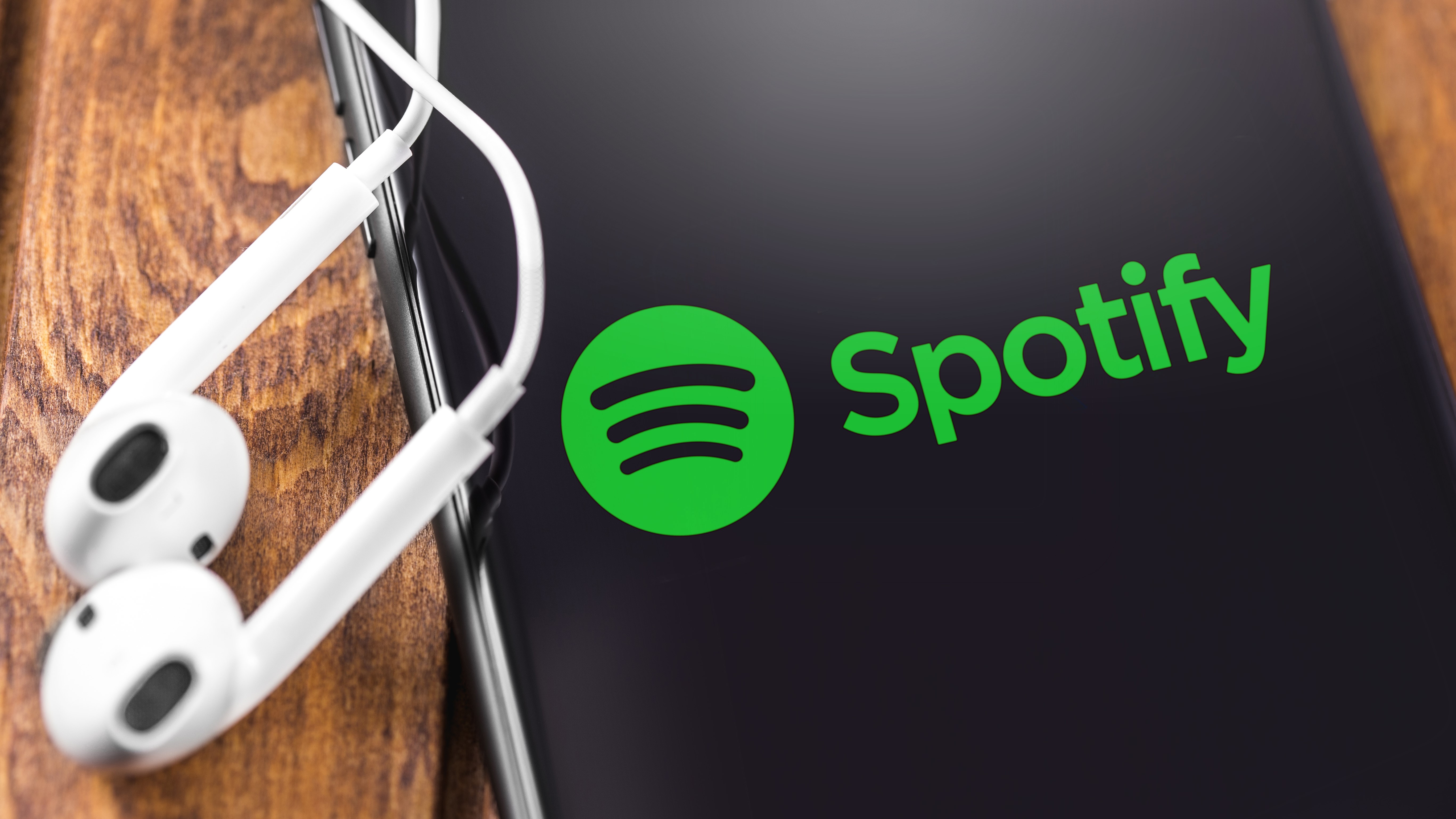I trialed Apple Music for 3 months — and now I’m going back to Spotify
Apple Music is one of the best, so how come I ditched it without realizing?

Three months ago, when I upgraded from my second-gen AirPods to a shiny new set of AirPods Pro 2, I took out a trial of Apple Music.
While I already had a Spotify subscription bolted on to my cellular data plan, Apple Music offered a way to sample two key features of the AirPods Pro 2. I could test out dynamic head tracking using Apple’s Spatial Audio collection, plus the rich audio quality promised by the ‘Pro’ moniker using Apple Music’s hi-res audio. Neither were the main reasons for buying the AirPods Pro (I had a sizable Apple voucher and needed earbuds that wouldn’t drop out/be damaged during sweaty gym sessions), but they were certainly features I was interested in trying out. If I’m honest, there was also an element of justifying my extravagant purchase, as well as simply being interested in seeing what Apple Music was like.
Two weeks in and I was impressed by both the headphones and streaming service, regularly and eagerly extolling the virtues of Apple Music to apathetic nods from my partner, and waxing lyrical about how my Spotify subscription was to be cancelled post-haste once my data plan expired.
It was strange then, when, three months later at a New Year’s party, I instantly went to Spotify to create a playlist and realized that, inadvertently, I hadn’t touched Apple Music in a month. I started wondering why that was.
The one stop Spotify shop
For sure, my unconscious move back to Spotify had something to do with habit. Both apps are located on my home screen, but years of consistently hitting the black and green tile are hard to undo.
There was definitely a component of inconvenience mingled in too. There are currently no official ways to move playlists between music streaming services, leaving only third-party alternatives. Call me paranoid, but given the amount of data leaks and hacks we see these days, I’m not keen on entering my Apple ID credentials — the single most important credentials in my life — into third-party party apps unless absolutely necessary. Manually transferring playlists and podcast subs between services was too uninviting a hurdle to bother jumping, so I simply reverted back to my old familiar playlists on Spotify. It’s a bit pathetic really, but demonstrates another case of modern tech companies softly locking users into services by capitalizing on consumer laziness.

After giving it some thought, however, the major reason I’ve ditched Apple Music is not because of Apple Music itself, but Apple Podcasts. I care not about Joe Rogan or Spotify Originals, but I find the Apple Podcasts UI somewhat clunky, and don’t particularly enjoy using it. One example: sorting a podcast requires going through the settings menu, whereas Spotify simply has a sort button at the top of each podcast’s feed. On a similar note, I also found it frustrating having to change EQ on Apple Music by going through the iPhone’s main Settings menu, instead of via the app as with Spotify.
More pertinently, I don’t want to use two apps where I only need one. Spotify builds both music and podcasts into a single app, allowing you to flit between the two at will. If you hear a song on a podcast advert, you can go listen to it straight away, or just add it to your queue to play after the podcast finishes. Why add a layer of needless complexity into my life?
But… karaoke?
I don’t mean any of this as a slight against Apple Music itself. It offers some really cool features, which is why we rate the service so highly in our roundup of the best music streaming services.
For one, Apple Music’s karaoke feature is leaps and bounds above Spotify’s. This may sound like a gimmick, but whether something is a gimmick depends on whether you actually and repeatedly use it, and that varies from person to person. Lots of people will get good use out of karaoke features, and being able to turn down the vocals on a backing track, as you can on Apple Music, puts it as close to a genuine karaoke set up as it's possible to get from a streaming service right now. For me though, who currently does karaoke something like once every 8 years, it isn’t a major selling point.
Check out our guides on how to use Spotify Karaoke and how to use Apple Music Sing.

Spatial Audio, for me, isn’t worth it either. I listen to a lot of slow blues, metal and drum and bass, and the catalogue of Spatial Audio music is currently small or non-existent for these genres. That said, I've enjoyed using the feature to listen to some classics in a new way, and if you’re a pop music or classic rock fan, there’s a good amount of choice for you in Apple Music’s Spatial Audio collection.
For many people, the ability to listen to higher resolution audio with Apple Music’s lossless playback will be the clincher. I get that — higher quality audio is obviously better. But again, in my case, it isn’t a deal breaker. Most of my music consumption comes through Bluetooth headphones or Alexa, where I’m still not experiencing actual uncompressed audio, resulting in only a moderate boost in sound quality. It also takes place mostly on the bus or train, where I’m lost in thought or daydreaming too much to notice that boost anyway. For me, just having better headphones provides a greater, tangible improvement in real world usage.
In my case, I’d equate having Apple’s lossless audio to owning a car with lots of horsepower. It’s great on paper, but in reality I won’t actually use most of the horses. If you’re a Bluetooth-shunning audiophile — a drag racer or track enthusiast in the metaphor — it’ll definitely be worth it, but as far as I’m concerned, the convenience of Spotify still comes up trumps.
The door isn’t closed
My bolt-on Spotify subscription comes to an end in two months, so I’ll shortly be deciding which streaming service to choose next. Surprise surprise, it’ll be Spotify, which has edged the win thanks primarily to the user experience, with a little habit and laziness mixed in.

In a way, though, I’m a little sad that I essentially just forgot about Apple Music. It’s a bit of an ignoble send off to what is an objectively competent streaming service. But the great thing about these services is that they’re still innovating, as demonstrated by the slew of relatively new features already outlined in the previous section. It’s not unfeasible that Apple will one day build podcasts into Apple Music, and that services may start to offer official migration tools at some point, as we’re now seeing from Apple and Google in respect to iOS and Android. Should those scenarios end up coming into play, especially given the relative pricing of the two platforms, Apple Music will be a no brainer.
If you're struggling with the same dilemma, you'll want to read Apple Music vs Spotify: which is better?
Sign up to get the BEST of Tom's Guide direct to your inbox.
Get instant access to breaking news, the hottest reviews, great deals and helpful tips.

Peter is Reviews Editor at Tom's Guide. As a writer, he covers topics including tech, photography, gaming, hardware, motoring and food & drink. Outside of work, he's an avid photographer, specialising in architectural and portrait photography. When he's not snapping away on his beloved Fujifilm camera, he can usually be found telling everyone about his greyhounds, riding his motorcycle, squeezing as many FPS as possible out of PC games, and perfecting his espresso shots.
-
DBakes I was a long time Spotify user until I switched to Apple Music since we have the Apple One family plan. I gave Spotify another go recently since everyone else in my social circle uses Spotify and wanted to get the social aspect of shared playlists etc back.Reply
Unfortunately it lasted less than a day. As a Mac user with HomePods set up in my home office, I quickly realised there is no real way of playing Spotify from the desktop to come through the HomePod Stereo pair setup. In fact the whole Spotify experiment on Mac is frustrating if you also use HomePods so sadly Spotify left a huge hole if you are in the Apple ecosystem.
